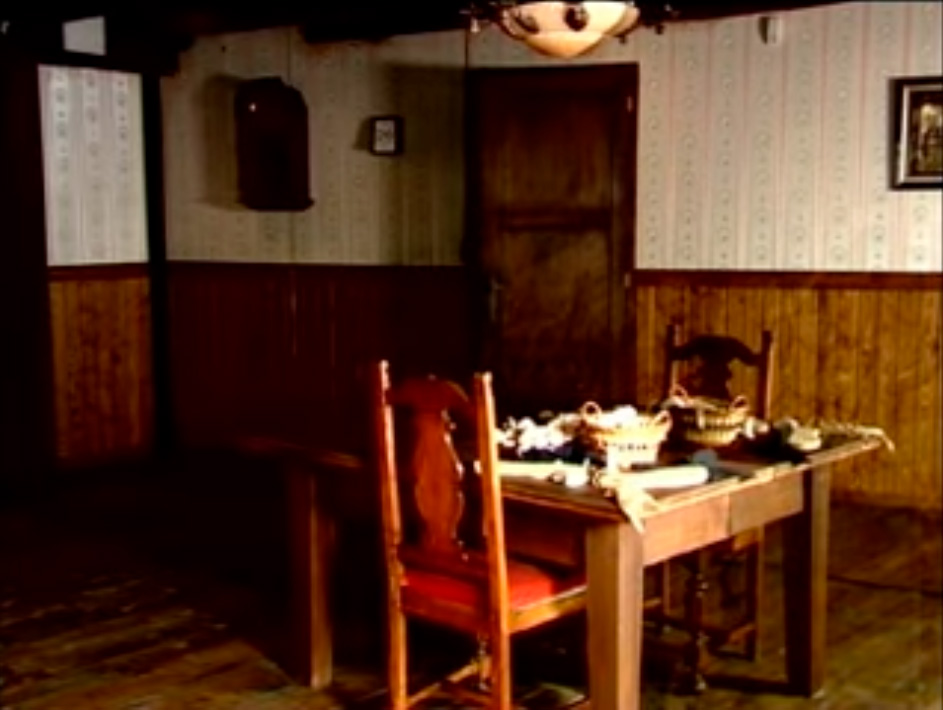
Fundación Museo de la Paz de Gernika - The bombing of Gernika, 26 April 1937
April 26, 2023
Fundación Museo de la Paz de Gernika
The people of Guernica experienced the ravages of the Spanish Civil War from the outset, although during the first few months the war campaign did not drastically alter the atmosphere in the town. At first, normality was only disrupted by a few arrests. Then the young people of Guernica began to enlist in the gudaris battalions. There followed the mobilisation of the first quintas, the militarisation of local businesses and rationing.
As the front approached, the direct effects of the war increased. The first civilian refugees arrived and battalions of retreating gudaris passed through. A blood hospital was set up in the Carmelite College. First-hand news of the development of the conflict was mixed with alarming rumours. On 31st March 1937, Franco’s army bombed Durango and fear began to spread among the population. The local authorities ordered the construction of several air-raid shelters. And so the 26th of April 1937 arrived. Monday. Market day.
The first plane appeared at about four o’clock in the afternoon and dropped a few bombs. After about fifteen minutes the first wave took place, three planes in a triangular formation flying very low. Thus began the systematic bombing of Guernica, which lasted for more than three hours.
The technical aspects of the bombing of Guernica remain today one of the most exciting topics in contemporary history. The destruction of Guernica was the work of the German Condor Legion and the Italian Air Force, acting under orders from Franco’s rebel army. The military tactics applied were so devastating that Gernika has gone down in history as the first rehearsal of total war. ©FMPG

